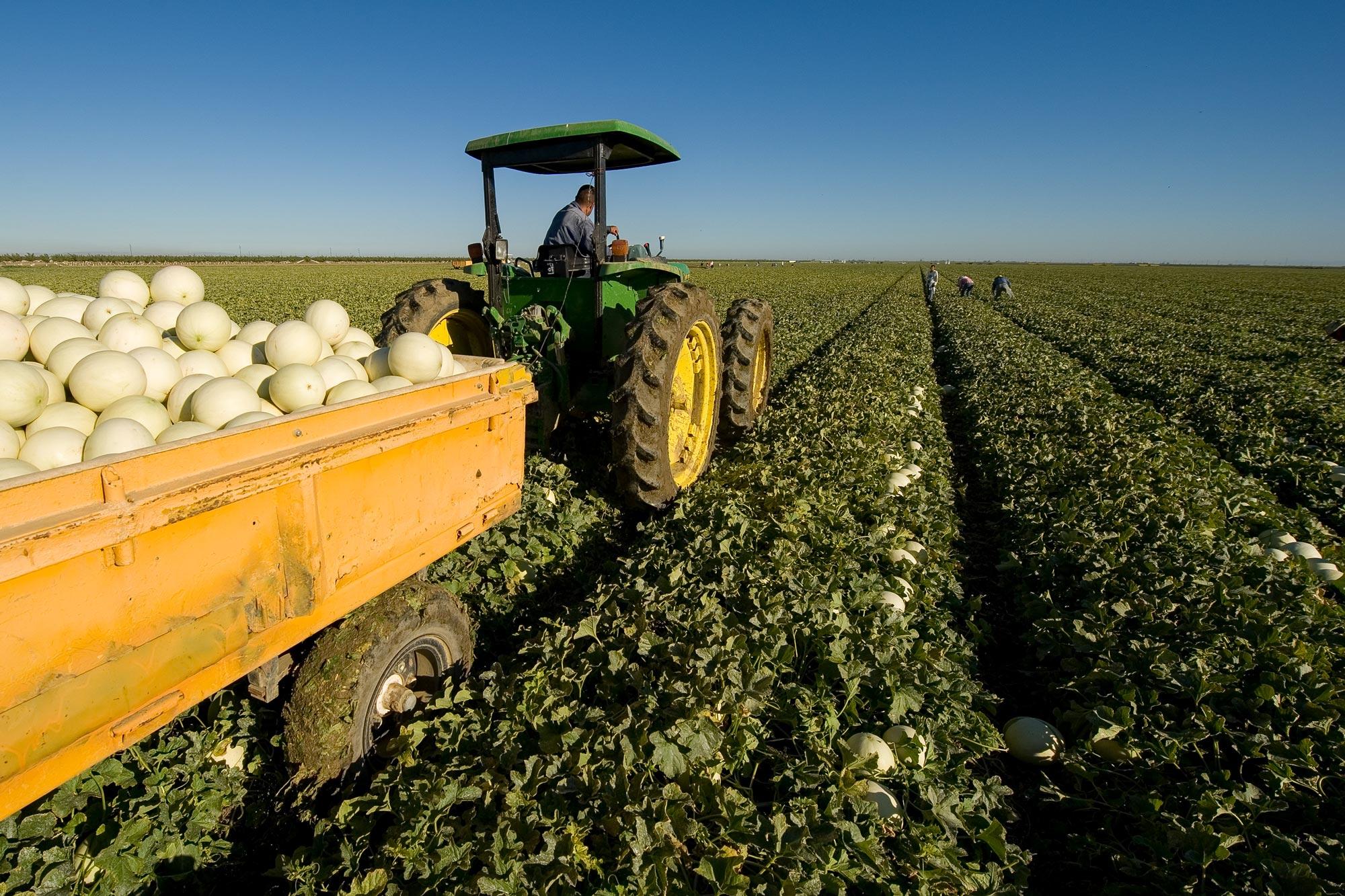As modern agriculture continues to embrace technological advancement, farmers face a critical decision between custom-built autonomous solutions and ready-made commercial systems. this choice represents more than a simple purchase decision; it reflects fundamental approaches to agricultural autonomy and their implications for farm operations. While both paths aim to enhance efficiency and productivity, they differ significantly in terms of implementation, cost structure, and operational versatility. Understanding these distinctions has become increasingly critically important as autonomous technology reshapes conventional farming practices. The decision between custom-built and ready-made autonomous agricultural solutions significantly impacts farming operations, implementation timelines, and overall costs. Custom solutions offer tailored functionality designed specifically for unique farming requirements,allowing precise control over features and integration with existing equipment.These bespoke systems accommodate specific crop types, field layouts, and operational workflows, providing maximum efficiency for particular agricultural needs.
Ready-made autonomous systems, conversely, offer immediate deployment capabilities and proven reliability through extensive testing and real-world implementation.These turnkey solutions typically include manufacturer support, regular updates, and established training protocols. Their standardized nature often results in lower initial costs and reduced implementation complexity.
Cost considerations extend beyond initial investment. Custom solutions require considerable growth resources, specialized engineering expertise, and ongoing maintenance support. While offering superior customization,these systems may face longer development cycles and potential compatibility issues with future technological advances. Ready-made solutions generally provide cost predictability and established upgrade paths, though they may require operational adjustments to fit existing farming practices.
Integration capabilities vary significantly between approaches.Custom systems enable seamless incorporation with legacy equipment and existing farm management software, potentially preserving previous investments. Ready-made solutions often require adherence to manufacturer-specified protocols and may necessitate additional equipment purchases or modifications to achieve desired functionality.
Scalability presents another crucial factor. Custom solutions can be designed with specific growth parameters in mind, accommodating planned expansion or adaptation to changing agricultural needs.Ready-made systems typically offer predetermined scalability options, which may limit or enhance future growth depending on the manufacturer’s ecosystem.
performance optimization differs between approaches. Custom solutions allow continuous refinement based on specific operational feedback, potentially achieving superior efficiency in particular applications. Ready-made systems benefit from broader user feedback and manufacturer research, frequently enough incorporating industry-wide best practices and proven optimization strategies.
Maintenance requirements and support structures vary significantly. Custom solutions necessitate specialized knowledge and potentially in-house expertise for troubleshooting and repairs. Ready-made systems typically offer established support networks, readily available replacement parts, and standardized maintenance procedures.
Technical evolution impacts both approaches differently. Custom solutions may require substantial redevelopment to incorporate new technologies or meet changing regulatory requirements. Ready-made systems generally receive regular updates and feature additions through manufacturer support, though these improvements may not always align with specific operational needs.
Risk profiles differ between custom and ready-made solutions.Custom development carries inherent uncertainties regarding timeline, cost, and performance targets. Ready-made solutions present known parameters and established performance metrics, though they may not fully address unique operational challenges or optimization opportunities.





